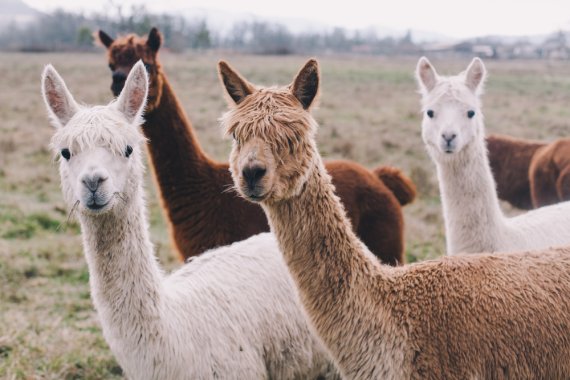In Spain, free-range chickens are frequently assailed by birds of prey. The unexpected attacks cause deaths, anxiety and stress in the chickens. How to deal with this problem was one of the key questions in the EU research programme Hennovation, in which people in the field — such as farmers, egg production staff and vets — collaborate with researchers to find practical solutions to animal welfare issues. They did this in 19 ‘multi-actor networks’ in five European countries. The idea is that this will let you find new solutions that are immediately picked up by people in practice.
The solution to the chicken problem was surprising. Once there were alpacas wandering around the field, the chickens were prepared to go outside again and they were no longer troubled by birds of prey.
Chicken trolley
This was not the only problem for which an innovative practical solution was thought up, says Thea van Niekerk from Wageningen Livestock Research, one of the participating researchers. In another project in Britain, poultry farmers wanted a better method for removing laying hens from the barn after they had reached the end of their laying career. The researchers developed a tailor-made trolley to minimize the work lugging the birds around. The poultry farmers can ride the trolley to the cages in the barn so that the workers do not have to walk so far and the chickens experience less stress.
In a third project, pecking blocks were placed in a Dutch poultry barn so that the laying hens could give vent to their natural urge to peck. Their beaks were blunter as a result, so they caused less damage to the other birds in their pen. A test with four different pecking blocks that were assessed for sustainability, use and costs showed aerated concrete blocks to be the best.

 Photo: Shutterstock
Photo: Shutterstock